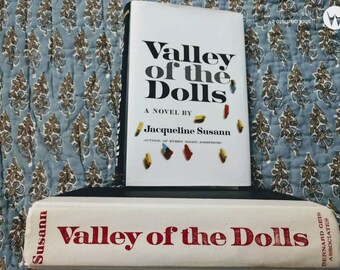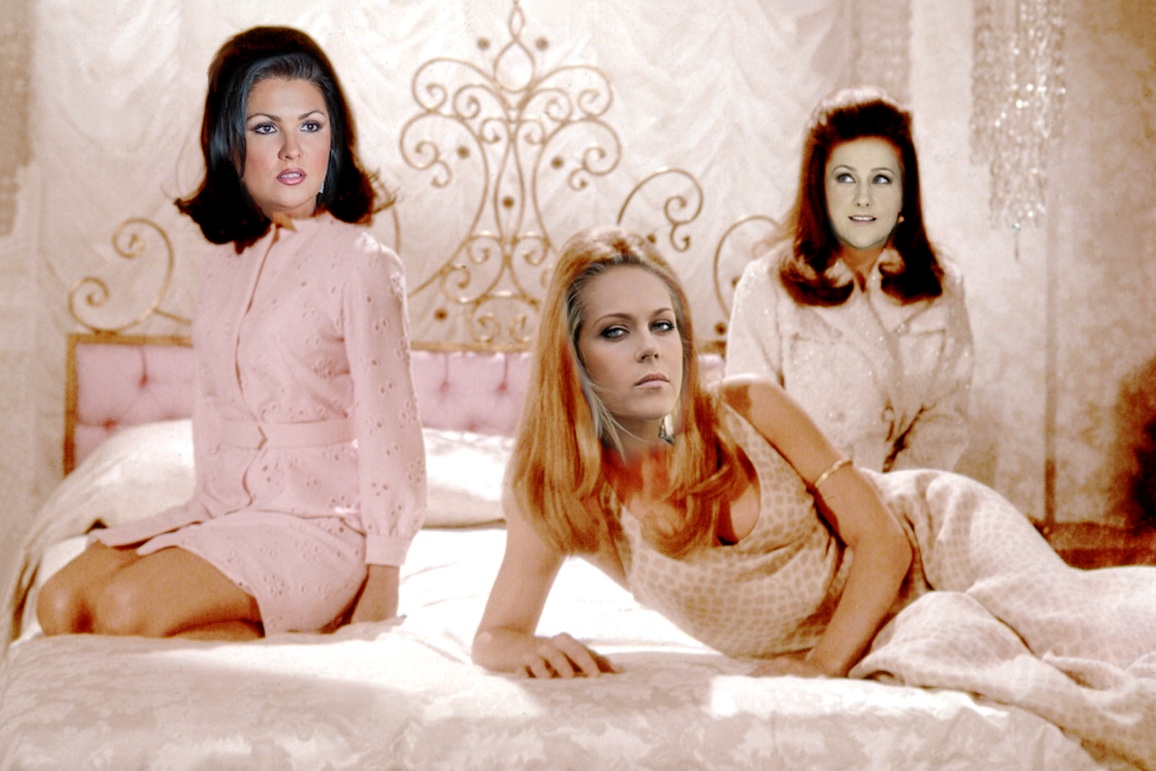

Yet the book is all about how great she is. In every challenge she faces, someone else solves it for her. In that book the main character, Ann Wells, is a complete Mary Sue. You have to create good characters if it's a character-based story. It's just a matter of respecting your readers. In "Valley of the Dolls," it's mostly a matter of character construction, which is kind of lazy. One of my pet peeves is when the author tells you something about the character and then never shows that character displaying that trait. Harold Bell Wright's "The Eyes of the World." And I just read Jacqueline Susann's "The Valley of the Dolls," which I did not like at all. Of the ones that aren't well known or have kind of been lost, I'd say Ferber's "So Big" or Vicente Blasco Ibáñez's "The Four Horsemen of the Apocalypse," a World War I novel. There are a few absolutely great ones, like "All Quiet on the Western Front" and "The Grapes of Wrath" or "Doctor Zhivago." It's hard to choose between ones like that. I know that around the beginning of 1960 there's a massive shift toward genre fiction - Le Carré, Stephen King, even Tolkien one year - and away from things like coming-of-age stories.

I'll come across little gems that slipped through, and that makes it worth it. But then I'll come across someone like Edna Ferber, who I'd never heard of, who's great. There are definitely some books that I'll feel like I really don't want to read them and then it turns out that I have a good reason not to. Now that you're halfway through this project, are you regretting taking it on? But Kahn has come across a few surprises and can offer an unusual perspective on what Americans have liked in a book since the First World War. As of the time of this writing, he's up to 1966 and Jacqueline Susann's "The Valley of the Dolls" - decidedly not a hit with this reader. 1 bestsellers, from 1913 to 2013, and post reviews on his blog, Kahn's Corner.


So Kahn decided to read them, 100 years of No. We don't think about the books that most people were actually reading at that time." "When we think of the books of 1926, we think modernists. "I thought that was interesting, Kahn told me. The class wasn't reading it, but the book they were reading, "The Sun Also Rises" by Ernest Hemingway, was published the same year. When Matthew Kahn, a creative writing student at California State University at Northridge, learned from one of his professors that the bestselling book of 1926 was "The Private Life of Helen of Troy" by John Erskine, he was struck.


 0 kommentar(er)
0 kommentar(er)
